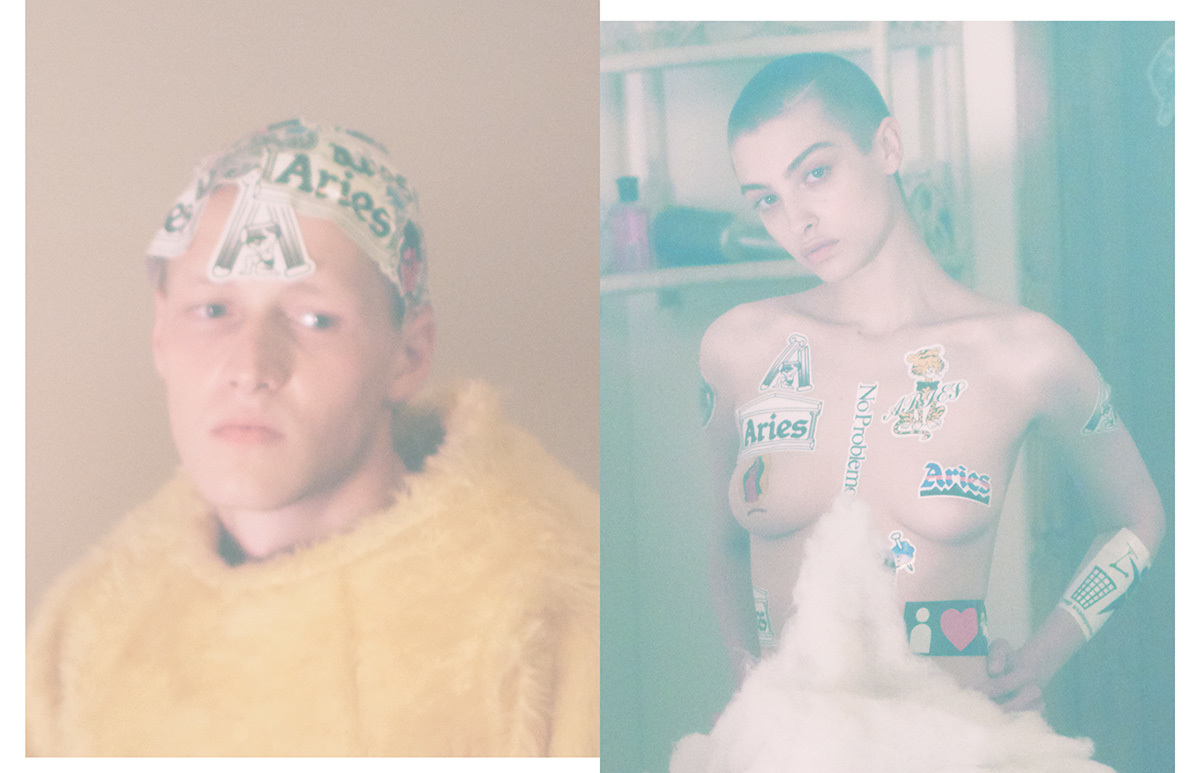After more than 20 years in the business, photographer David Sims and Aries designer Sofia Prantera have seen it all. For example: the lifecycles of subcultures, brands veering from cult to commercial, the world pre and post social media, and the internet’s effect on the industry. The two discussed this in detail when we met up to talk Click to Buy. The 100-plus page coffee table book features David’s images (all styled by Jane How) layered with graphics from Aries’s long-time collaborator Fergus “Fergadelic” Purcell.
The pair’s influences are rich and varied; everything from their glory days as late 80s acid house ravers, to their shared love of timeless style all come through in Click to Buy‘s pages. Such a wide scope results in the book’s unpredictable, zine-like quality. We find girls peeking out from behind doors, lo-fi images of Arnold Schwarzenegger, a cut-and-paste collage, and the Aries temple logo on top. You don’t know what you will see with the flip of each page, and that’s what makes the book so great. We sat down with the two in Sofia’s Dalston HQ for a conversation on commerciality and culture. Plus, take an exclusive look at the surreal film accompanying Click to Buy below.
How did you guys meet?
David: Well I was a stripper in a past life and Sofia used to come and watch and we just got to chatting. An overzealous fan! [laughs]
Sofia: Really there are two ways we know each other. Well, the first is that [to David] you watched me on stage when I was in my acid house band at a gig in Brighton.
David: We finally met properly rather than Sof just being on stage, and there was that instant recognition. She had the two little Dalek-like things on her head before Bjork did!
Sofia: I saw a girl with them in an old issue of i-D, actually! My mom used to buy me i-D and The Face and bring them back to Italy, where I grew up. There was this girl in there with that hair, must have been around 88-89.
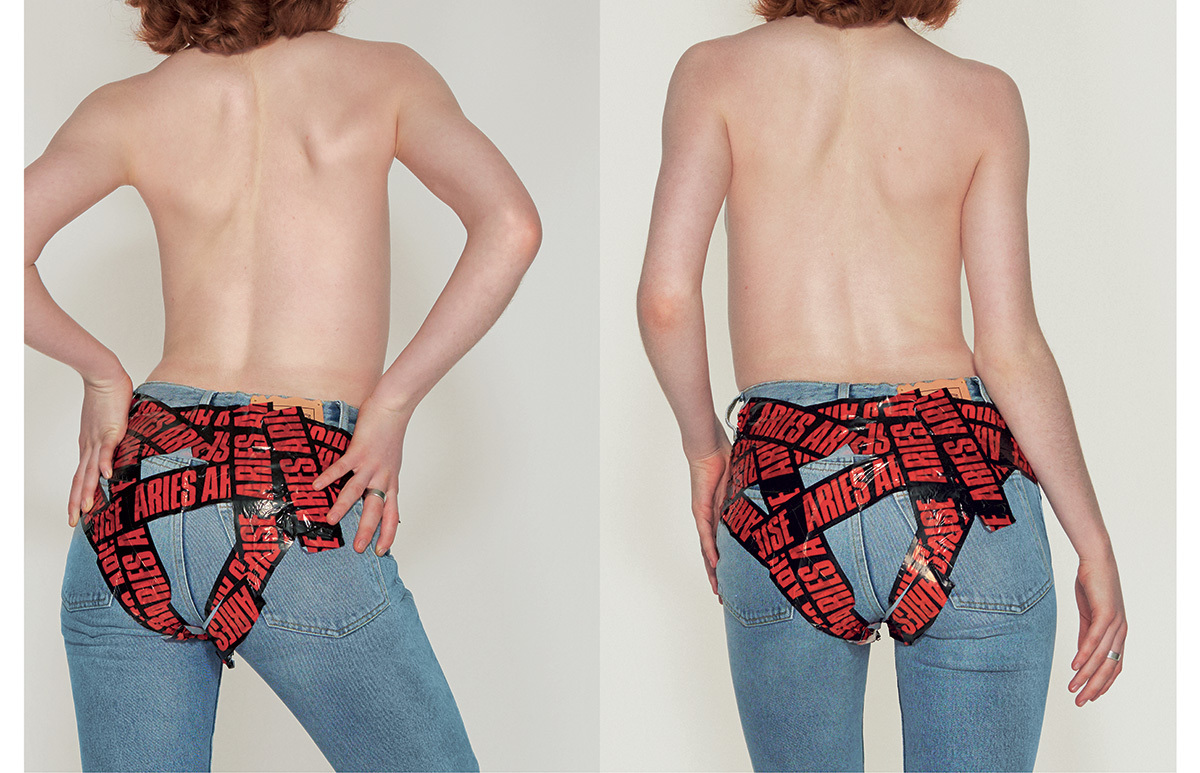
How did the idea to collaborate on the book come about?
David: I think in a drunken stupor I said I would take some photos for you [laughs].
Sofia: And it took me about two years to actually pluck up the courage to bring it up again. We went on vaction on two consecutive years and he mentioned it each year. I think on the second year I just asked, ‘were you being serious about taking photos for me?!’
David: I never say things like that without meaning them!

What was the starting point of Click to Buy?
Sofia: I think it all started with doing the outfits with Jane How. She really maximized the theme of branding. I wanted it to be about branding, not really about fashion. Fashion seems less relevant than branding to me. I grew up with Fiorucci and Versace in Italy, so I have always aspired to create a brand. I didn’t want to treat it like a lookbook. Fergus [Purcell] who I work with on the graphics and I really thought that the language of the collection should be about the logos. So that is why we have the tape, the elastics. Some of the tees are heavily branded. Then the sets incorporated trash and fruit, [laughs]. That was the beginning!
David: For me, there is kind of fascination with what Sof is doing. Particularly the denim, I think that’s her signature. [To Sofia] It’s not just because you have worked in fashion a long time, I think there are always those style codes you go back to. You just adhere to them because they are the basis of a British take on style. It’s not necessarily a tailored, fancy, expensive piece of work. We are the same age and there is a complicity in what we both think about style.
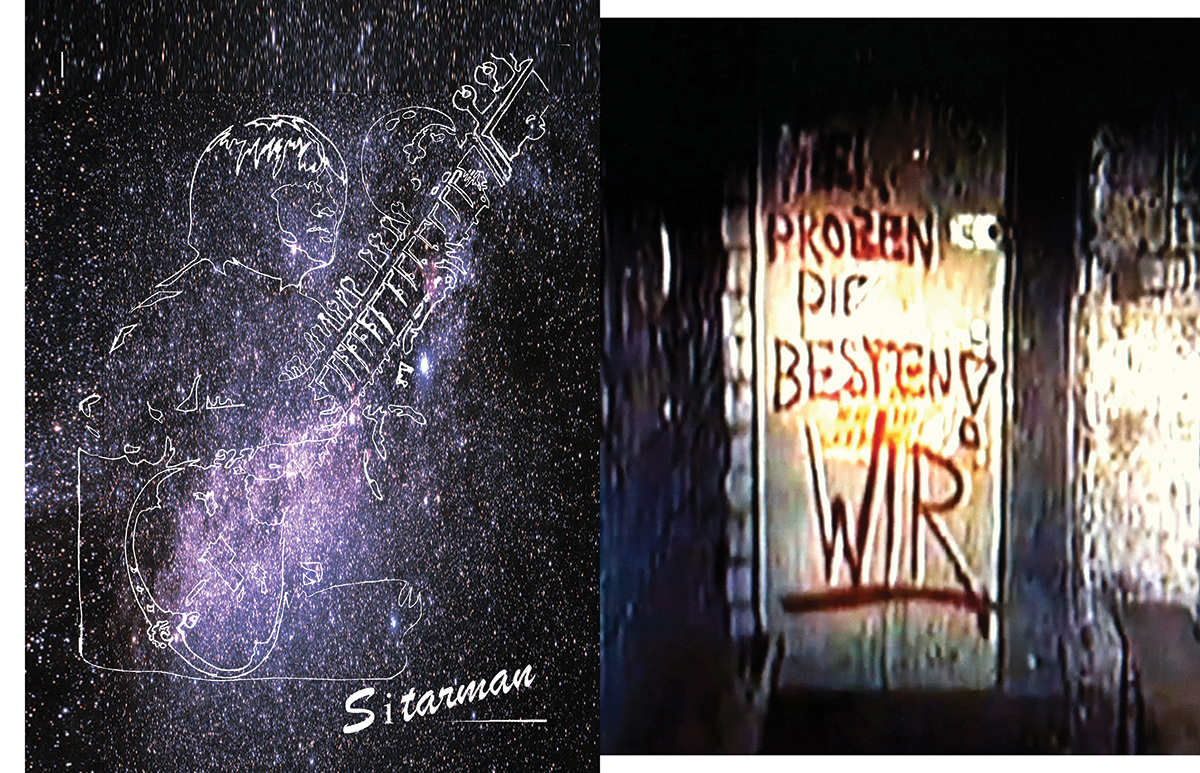
Is that something you look for when you decide which brands to work with?
David: With Sofia, there is a genuine love and a fondness there, but I am always concerned that my hand can be quite heavy on something. I even warned Sofia about that. I have to comply with whoever I work with, if not it could be quite disastrous. In this case, the value of the collaboration comes because culturally, we have been written in the same code, from the same 80s sensibility.
Sofia: In the beginning of the 90s when I first started working in fashion, it was all about injecting menswear into womenswear and then it became super sexualized. But now, we are seeing it all turn again.
David: But I don’t think at my age I can be the litmus for fashion. In my experience, what makes good ‘fashion’ is irrelevant. Fashion is about selling stuff, we should be talking about style. And good style only really ever comes from a sort of sociopolitical environment. There has to be an idea in the idea. A who, what, why — a movement towards who you think you are and why you choose to dress the way you do. It was super important to our generation. Whether that is still important, I’m not sure. I don’t know if millennials are still thinking about the way they dress in the same way. I hope they are. We were very convinced as ravers to dress in a certain way. The choices that we made informed many things. It was our self expression and very much indicative of being young. You are all propelled by a rage, or a fantasy. I think that certainly bound us together.
Do you think it was easier to have the definition in subcultures back then than now? Perhaps there isn’t the music to underpin it now.
David: I have a recent theory about it. I think there are so many radical changes that everyone is facing every hour, news feeds are coming into our phone. It fosters a feeling of uncertainty, so I then think it is natural that people look to the past. There is an attraction to the nostalgia and the cross-pollination of all that happens. Sure, it can sometimes be a more bastardized version, but I am quite enjoying that. I don’t mind that you can look on Pinterest and find images of eras past.
Sofia: Me too. I find it quite liberating that it isn’t like how it was anymore.
How did Jane How get on board?
Sofia: Well, Jane is a friend of both mine and David, we are all contemporaries. Though, I have been looking at Jane and David’s work together since I started as a designer. I love the way Jane mixes fashion and streetwear. They completely did their own thing and she has always been one of my idols.
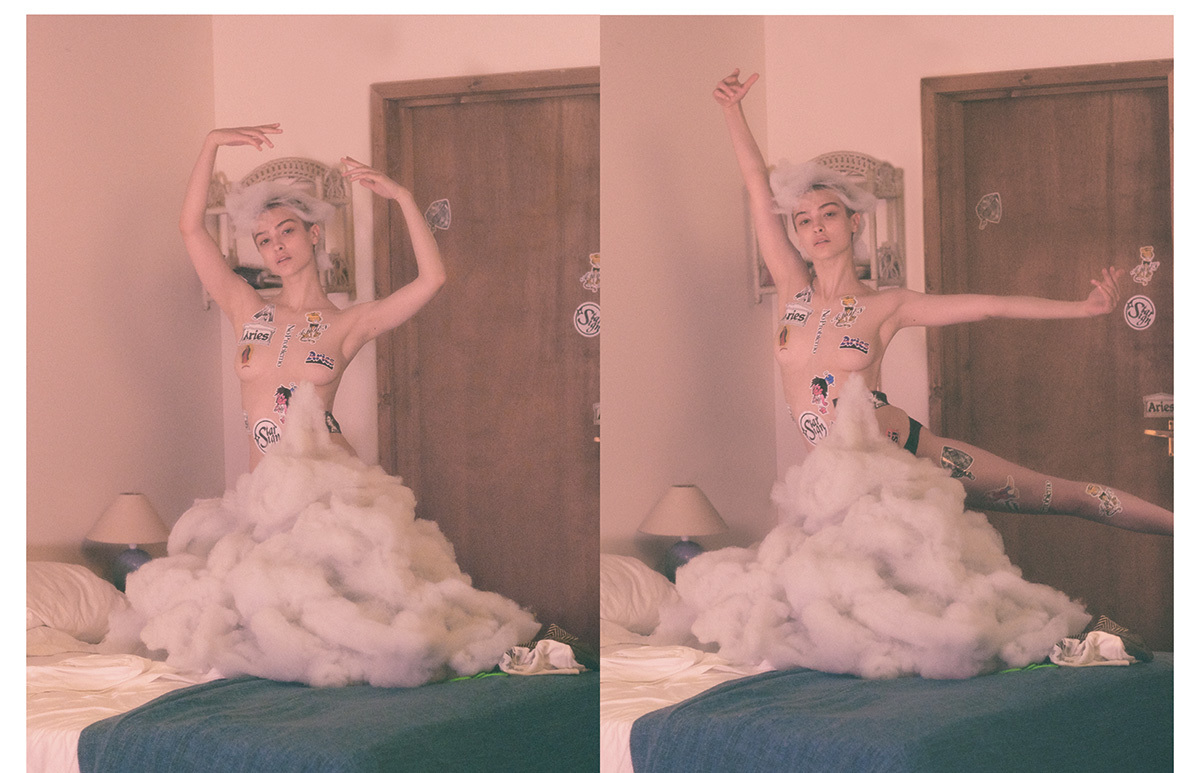
The casting for the book is quite diverse. Does this represent all the different types of Aries girls?
Sofia: In a way. I am very un-elitist when I cast models. It is usually something I see in their personality rather than the way they look. That casting, we all did together and it became quite varied. I quite like that we cast a few different characters; it’s about the girl and who wears it. Some girls walk in and they become that girl.
David: Casting can really reflect the mood. It is a huge signifier about how you may feel about a particular moment.
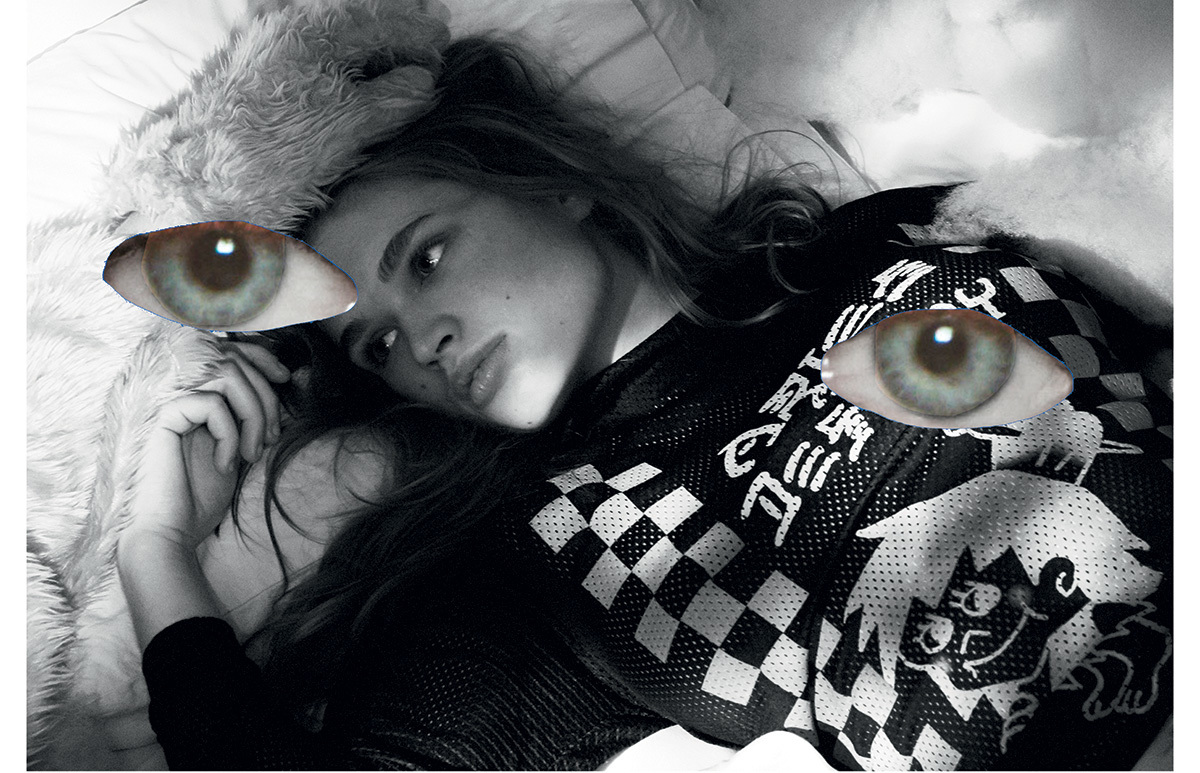
What’s the story behind the name Click to Buy?
Sofia: It was actually David’s idea. We were sitting having tea, me, David, and Jane. David just said, ‘I think the book should be about this really squalid office and a guy dressed like an Aries.’ [To David], you came up with the concept of the shoot completely out of the blue. He then said it should be called Click to Buy, then Fergus loved the name and made the logo. It was about eight or nine months ago, so it actually wasn’t as apt as it is right now. Now it’s all about how you can click to buy on Instagram or whatever. There is always a conversation about how you can make a continuous stream of images pay.
David: I dare say if something isn’t commercialized it doesn’t tend to last. That’s when things become cult. A Kenneth Anger film is cult because it was never commercialized, it couldn’t possibly be commercialized. We talk about cult brands but in truth, they can only really be a brand on the success of what they are doing. It is an interesting dichotomy. A musician in the 90s once said to me, “you are so lucky because your credibility isn’t based on sales. Mine is.” My heart just snapped for her as she was a great musician but the model of the music industry is: you ain’t nobody if you’re not selling!
Sofia: It’s really difficult as designer to mediate those two things. If you don’t sell and you don’t make money, you don’t exist.
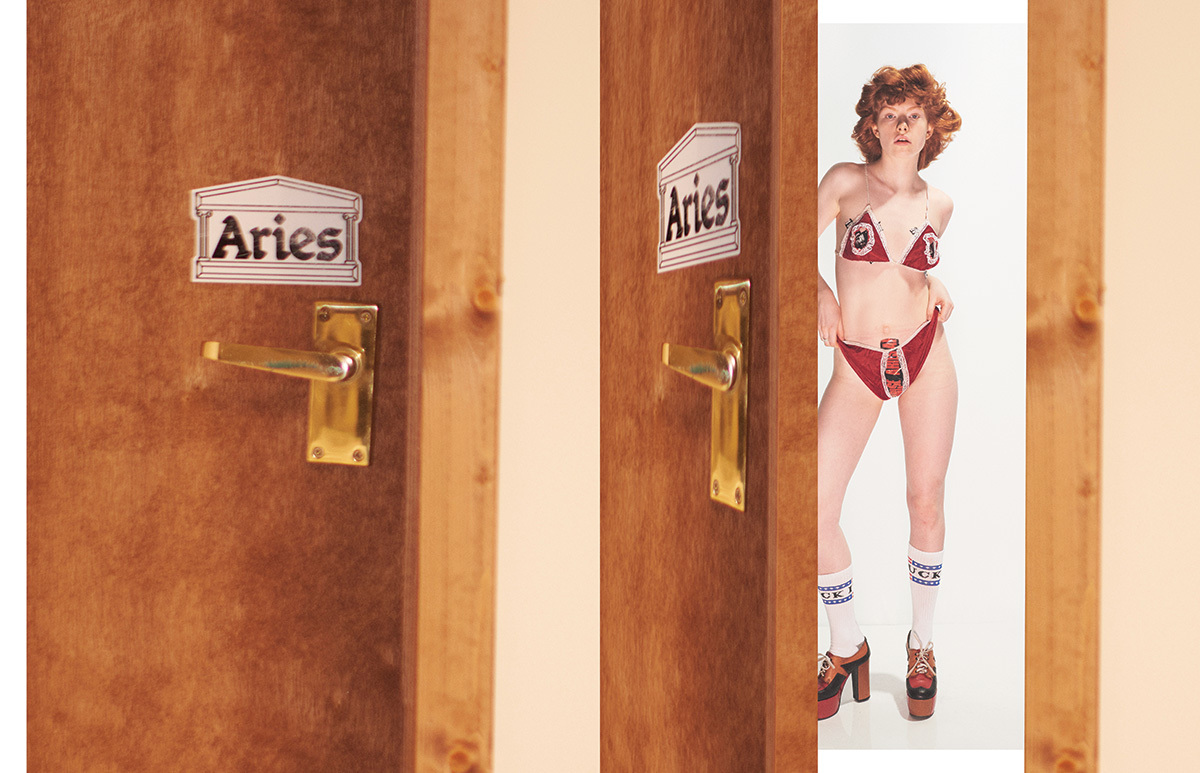
But Aries has been able to occupy quite a sweet spot.
Sofia: I wonder if there is a magical tipping point. Where you still have the coolness, when you are not so mainstream, and then things change and you keep growing. I fight against commerciality. I actually think my tastes are quite commercial, but there are times where I really go against it as a business owner to try and to propose new ideas.
David: I think commerciality may be the most subversive thing that there is right now. It is very difficult to do. It has become profoundly easy to present work as experimental and people can be fooled into thinking it has some intellectual value behind it. I don’t take the photos like the ones we have done for Aries, because I want to come across as clever. I only arrive at those photos because I want to present a certain value. If I could write the most beautiful, symphonic melody but in the form of a photograph, I would do that.
Sofia: Like Andrew Lloyd Webber!
David: Well I was thinking more like Mantovani! Andrew Lloyd Webber, how did you get to him?!
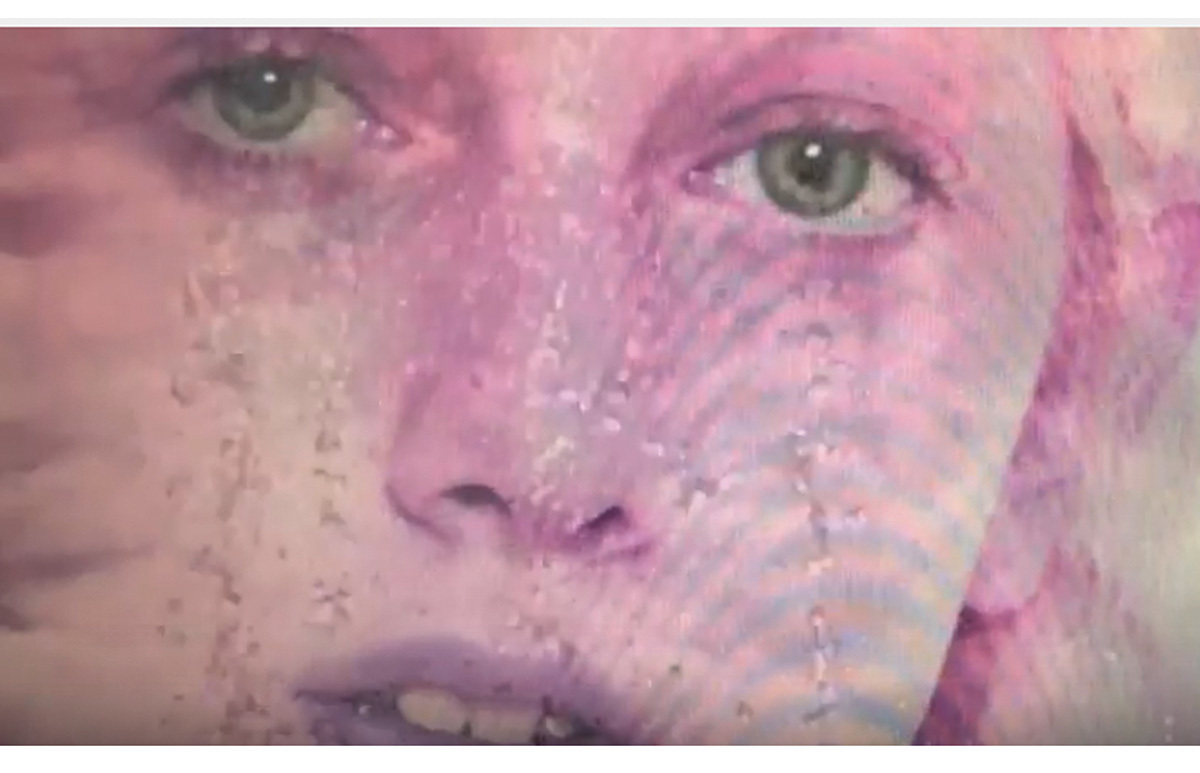
Credits
Text Lynette Nylander
